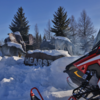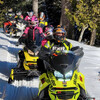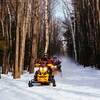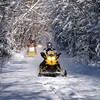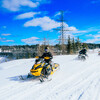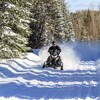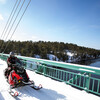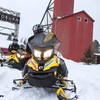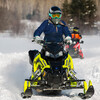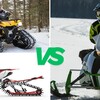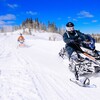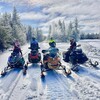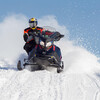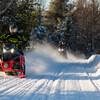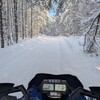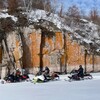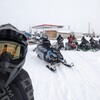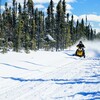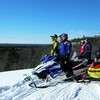
Tips for Staying Warm and Comfortable
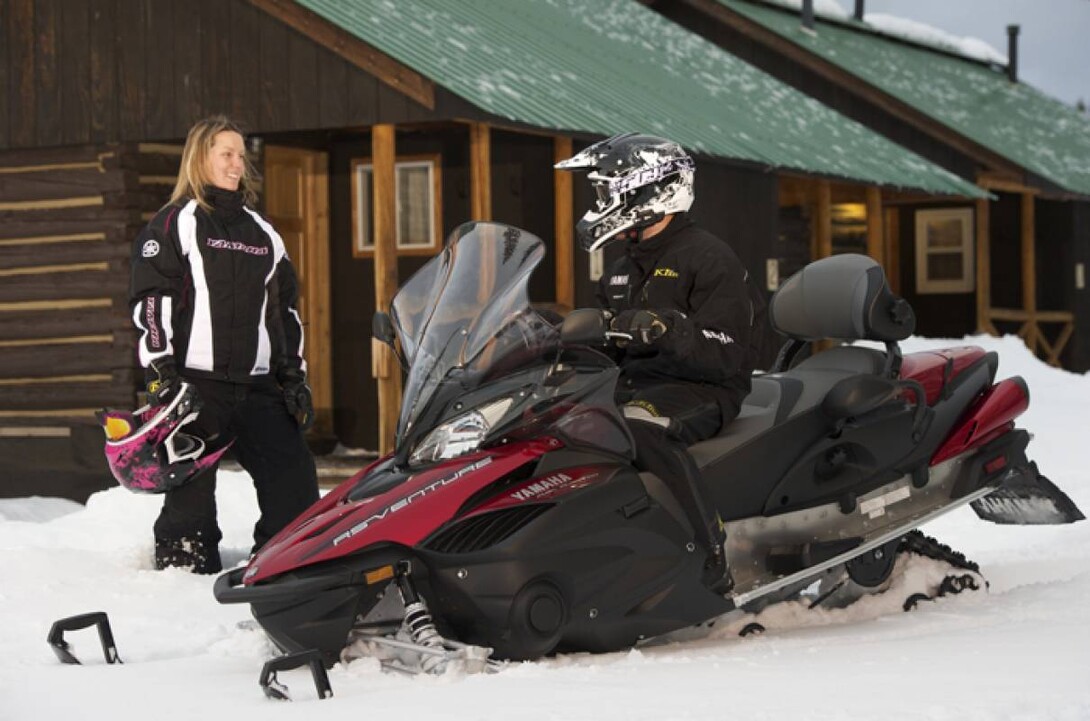
As with any new activity, getting started in Ontario snowmobiling may seem intimidating. Perhaps the most basic question is: “Will I like sledding?” — and the only way to find out is by trying it yourself when snowmobile conditions are right. But don’t just jump on a snowmobile and ride off on an Ontario snowmobile trail operated by the OFSC without a little orientation and basic training. Ask your guide or another experienced rider to walk you around the sled and show you the controls and how everything works. You need to talk about what to expect, trail etiquette, hand signals and what to do if you are having a problem or discomfort. You should pre-arrange frequent breaks so that you’ll never have to ride for too long if something needs attention or fixing. Make sure your guide has rear view mirrors so he/she can keep any eye on you. Each of us has only one first ride; so above all, don’t allow yourself to be pushed beyond what’s comfortable for you.
Before any ride, remember to eat well so your body has the fuel to stay warm. Keep hydrated by drinking lots of water and dress warmly in outwear made for specially snowmobiling. Many first-timers have suffered from cold through a ride because they tried to get away with regular outdoor or even ski clothing.
Moisture Management
To stay warm, moisture management is key. That’s because moisture of any kind conducts cold. As perspiration, it’s part of the body’s temperature regulation system, making your skin cooler as it evaporates. This is okay in the summer, when you want to cool off, but in the winter, valuable body heat is wasted to rewarm your skin. The longer the moisture stays in contact with your skin, the more heat is lost and the colder you become.
When snowmobiling, the problem is what happens to that moisture. Because the outside air temperature is cold, you don’t want to add an inner cooling effect from any moisture lingering near your skin. That’s why you should wear merino wool or one of the new high tech fabrics such as polypropylene as your first layer of clothing. These fabrics actually move moisture away from your skin towards the outside. If the next layer you wear is fleece and your snowmobile jacket is a breathable, waterproof material such as Gore Tex™, that moisture is quickly transported to the exterior of your suit, where it evaporates without bothering you.
One of the biggest mistakes snowmobilers make is to wear cotton while riding. Most everyday sweat suits, t-shirts, jeans, underwear and socks are made of cotton. Cotton has many excellent properties, but it also retains moisture like a sponge. When you perspire wearing cotton next to your skin, you get that clammy feeling for the very long time it takes to dry. The trouble with being clammy is that every second means more body heat is being lost, so it’s easier to catch a chill.
Keeping Moisture Out
Once you’re dry on the inside, it’s also important to keep moisture out. If water from rain or melted or wet snow penetrates your outerwear, you will get wet on the inside too. This moisture has the same effect on your body temperature as perspiration, but it’s more dangerous because in order to get inside, it has probably soaked your best layers of insulation. Once these layers are wet, you’ll lose body heat considerably faster — and they will take a long time to dry.
There’s no better way to keep water out than a snowmobile suit made with one of several waterproof, breathable materials, coatings or treatments that are on the market today. They also have the added benefits of letting body moisture escape and being generally lighter weight and less cumbersome to wear.
Snowmobiling Tourism Contacts:
Contributing partners for this Ontario snowmobiling site about great Ontario snowmobile trails and snowmobile conditions include: Intrepid Snowmobiler, Murphy Insurance, Ontario Federation of Snowmobile Clubs, Ontario Tourism, Snow Goer Media, Supertrax Media.
Recommended Articles

The Complete List of Snowmobile Events in Ontario 2025-2026
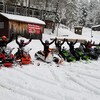
The Best Snowmobile-Friendly Lodges
Snowmobiling Winter Weather Forecast 2025-2026
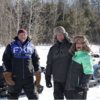
I Rode the Explorers Snow Tour in Ontario and Here’s What It Was Like

Why Ontario is One of the Best Snowmobile Destinations in the World
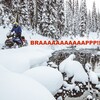
11 TikToks That Prove Ontario is the Best Place To Go Snowmobiling

5 Weekend Snowmobile Getaways Near the GTA
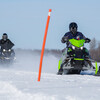
31 Ways To Get In The Know About Snowmobile Trail Riding in Ontario

A Beginner's Guide to Snowmobile Lingo

